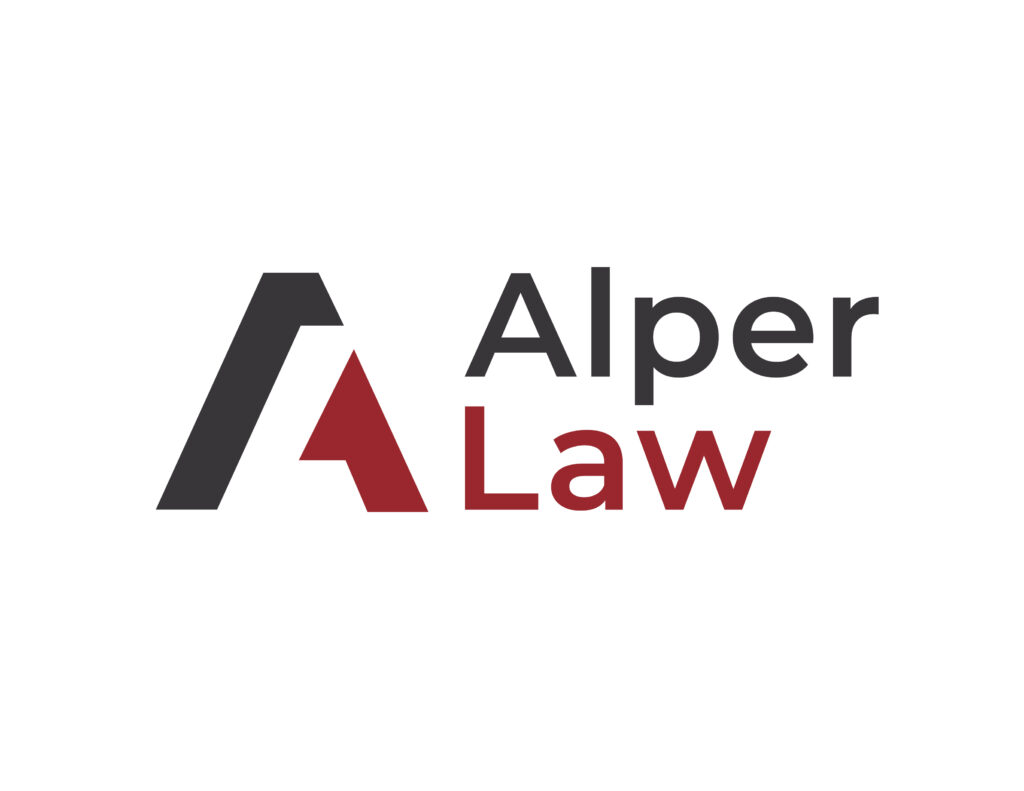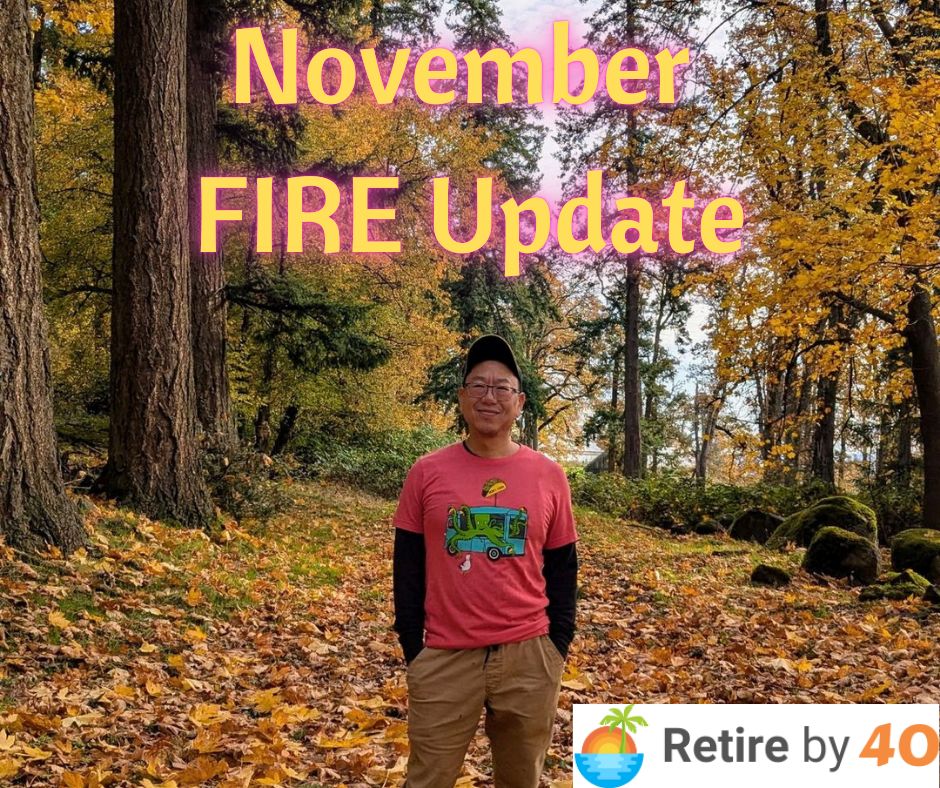To add a name to a deed in Florida, you must choose the type of ownership, prepare the new deed, sign and notarize the new deed, and record the deed in the county records.
Here’s a step-by-step guide:
1. Choose the Type of Ownership
First, you need to decide how the property will be owned. In Florida, there are three different ways to hold title to property:
- Tenancy by the Entireties: Available only to married couples, this form of ownership provides asset protection against creditors of a single spouse. Both spouses jointly own the property, and upon the death of one, the other automatically becomes the sole owner without the need for probate.
- Joint Tenancy with Right of Survivorship: This form of ownership allows two or more people to hold the title, and upon the death of one owner, the surviving owner(s) automatically inherit the deceased person’s share.
- Tenants in Common: In this arrangement, two or more people share ownership, but their shares are not automatically transferred to the other owners upon death. Instead, each person’s share goes to their estate, and probate may be required.
2. Prepare the New Deed
Once you’ve decided how the property will be owned, the next step is to draft a new deed. An attorney typically does this to ensure that the deed is drafted according to Florida law. The new deed will list the current owners and the names being added. It will also describe the form of ownership they will share.
The deed must also contain the formal legal description of the property. The legal description can be found on the original deed or obtained from the county property appraiser.
3. Sign and Notarize the Deed
After preparing the new deed, the current owner must sign the document. The grantees (people being added) do not need to sign. In Florida, the deed must be signed in the presence of two witnesses and must be notarized.
4. Record the Deed with the County
The final step in the process is recording the signed and notarized deed with the records office in the county where the property is located. There is usually a small recording fee involved, but this could be larger for properties with an existing mortgage.
Sign up for the latest information.
Get regular updates from our blog, where we discuss asset protection techniques and answer common questions.
Please enable JavaScript in your browser to submit the form
Publisher: Source link












